When it comes to cooking Japanese food, having the proper Japanese kitchenware is just as important as the ingredients. From the materials used to the simple designs employed, each tool underpins the methods and flavors of traditional Japanese cooking. For example, the lightness of wooden tools prevents the damaging of delicate ingredients, while bamboo’s natural water resistance and flexibility makes it perfect for rolling sushi. Certain modern tools that have a counterpart in Western cooking are also slightly different in Japan due to the ingredients they are used for. Let’s look at 9 essential Japanese cooking tools and get you on the road to cooking delicious Japanese cuisine for yourself!
Japanese Rice Cooker (Suihanki)
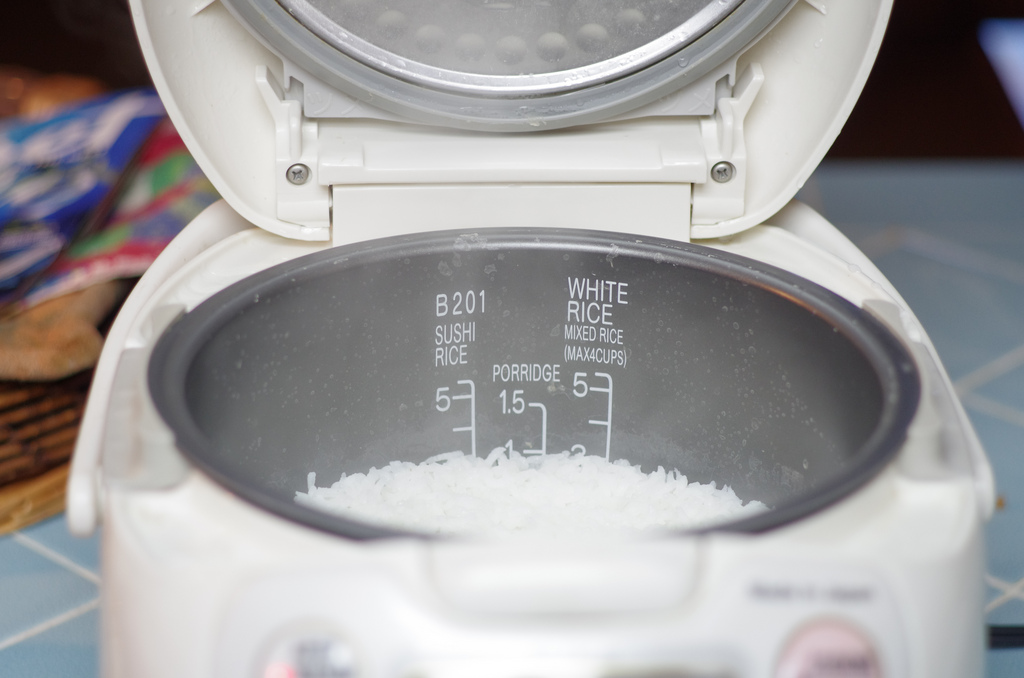
The central item of any Japanese kitchen is the rice cooker, or suihanki. Electric rice cookers were developed in Japan and are now the primary way of achieving perfectly steamed rice. They free up space on the stovetop for other pots and by automating the process, allow the cook to spend time on other preparations. While an essential modern appliance for rice, it has recently become popular to use rice cookers in the preparation of other dishes as well.
Long Wooden Chopsticks (Saibashi)
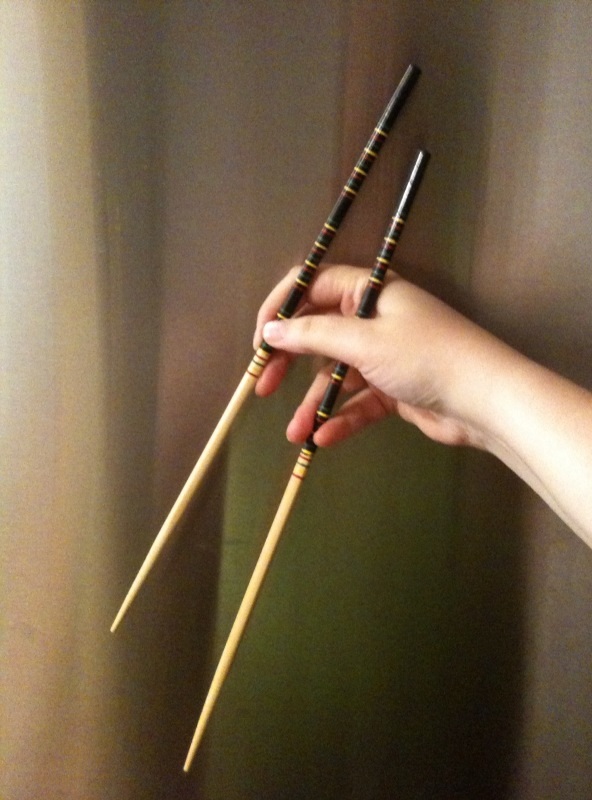
Known as saibashi, long wooden chopsticks are versatile Japanese kitchenware used for stirring, pan-frying and serving food. Typically 33–35 centimeters (13–14 inches) in length to prevent scolded fingers and provide a more efficient reach, each pair is unlacquered due to repeated use in high-temperature conditions. Furthermore, wood does not conduct heat and is good for gripping food. Cooking chopsticks are often made from bamboo, but those made for deep-frying have metal ends and wooden handles.
Japanese Mortar & Pestle (Suribachi & Surikogi)
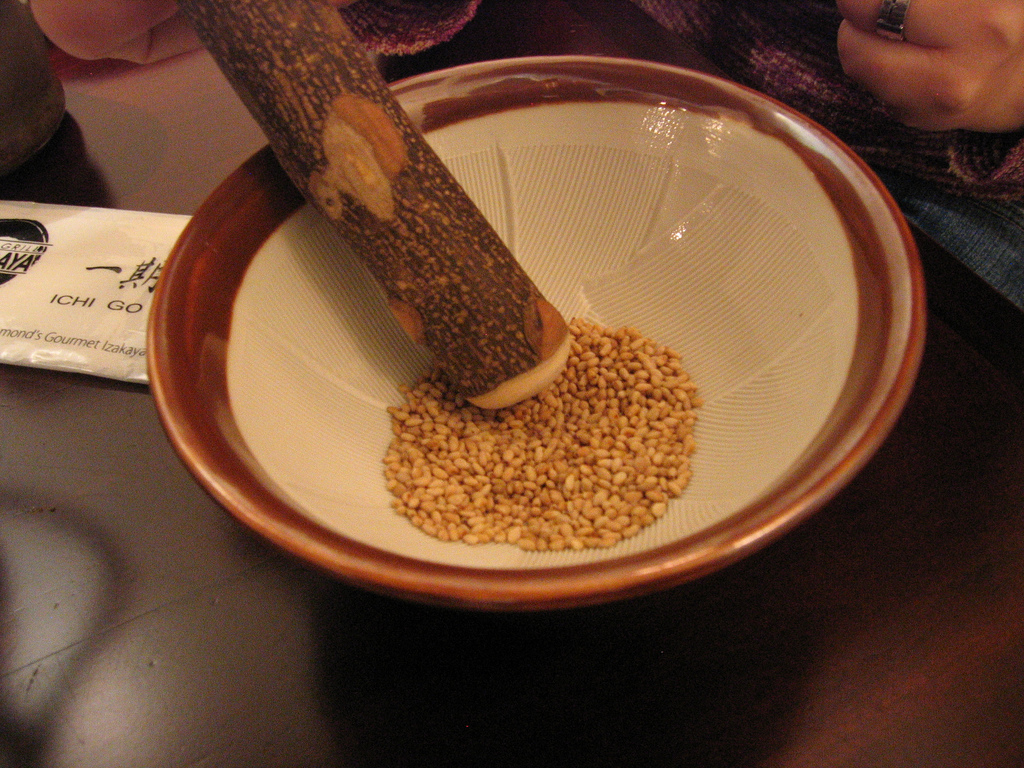
With a few notable differences, the mortar (suribachi) and pestle (surikogi) are similar to those seen in Western kitchens. While Western mortars are often made of ceramic or earthenware and are glazed outside and unglazed inside, the Japanese mortar also has fine ridges inside to facilitate grinding; in order to prevent wearing down these ridges, the pestle is made of wood. This design is suited to the tools’ main purpose, which is to grind sesame seeds, although it is also used to grind spices and make pastes. Grinding by hand is thought to better draw out the natural oils present in seeds and nuts, enhancing the overall flavor.
Japanese Wooden Drop Lid (Otoshibuta)
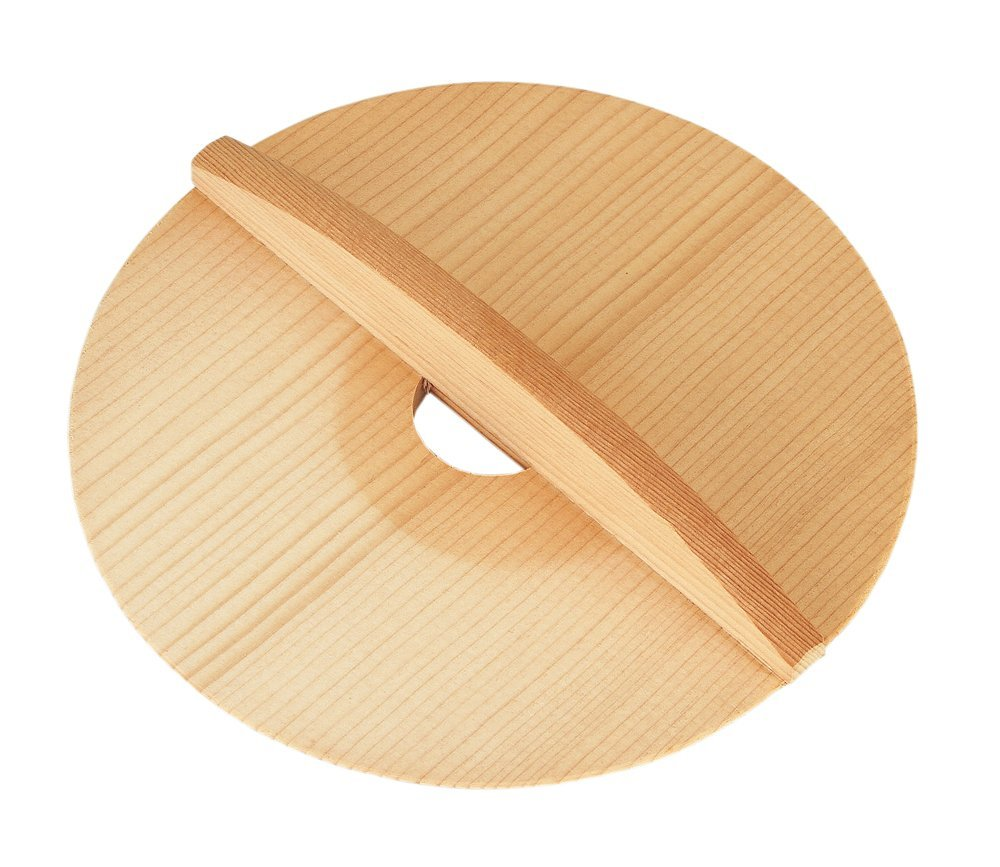
A flat, round disk with a straight handle, the drop lid (otoshibuta) is made of wood for one very important reason: it provides enough weight to keep all ingredients submerged in the cooking liquid, but is not so heavy as to crush them. Sitting inside the pot rather than on top, the drop lid maintains a simmering temperature without turning into a rolling boil—essential for preventing stress on the delicate ingredients that are so vital to the quality of Japanese cuisine.
Miso Strainer (Miso-koshi)
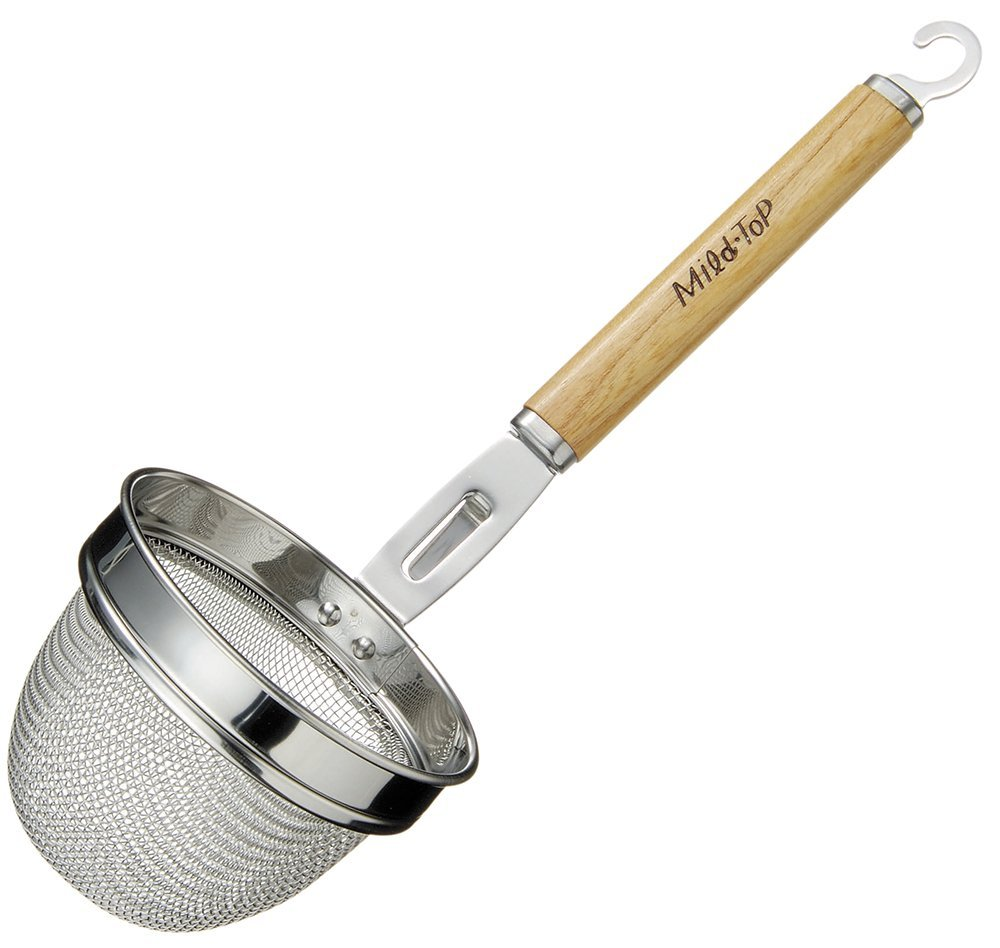
Strainers are some of the most diverse types of Japanese kitchenware, coming in many different shapes and sizes with each best suited for certain tasks. Much like Western-style sieves and strainers, Japanese strainers are made of wire mesh, have long handles, and are used for lifting out meat, tofu and vegetables from water, soup stock or oil; they can also be very helpful in removing scummy residue from a boiling pot. Flat, deep, small, wide; there is even a little cup-shaped sieve, called a miso-koshi, used to make miso soup.
Bamboo Basket (Zaru)
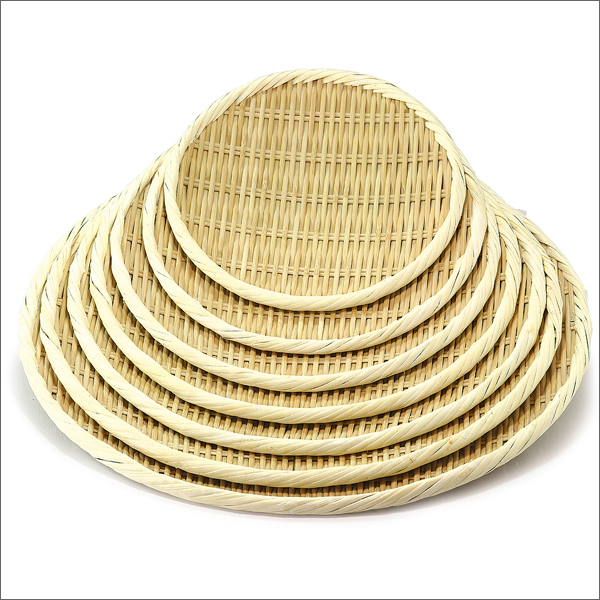
While metal strainers are often used to remove food from hot liquids, metal can negatively affect the flavor quality of vegetables and other foods. Therefore, when it comes to rinsing, draining, cooling or drying food, the woven bamboo baskets known as zaru come into play. Bamboo is flexible and water-resistant, making these baskets very practical. The flat, round bamboo basket is most commonly used when cooling and rinsing food, but of course may also be used for serving it.
Japanese Rolling Mat (Makisu)
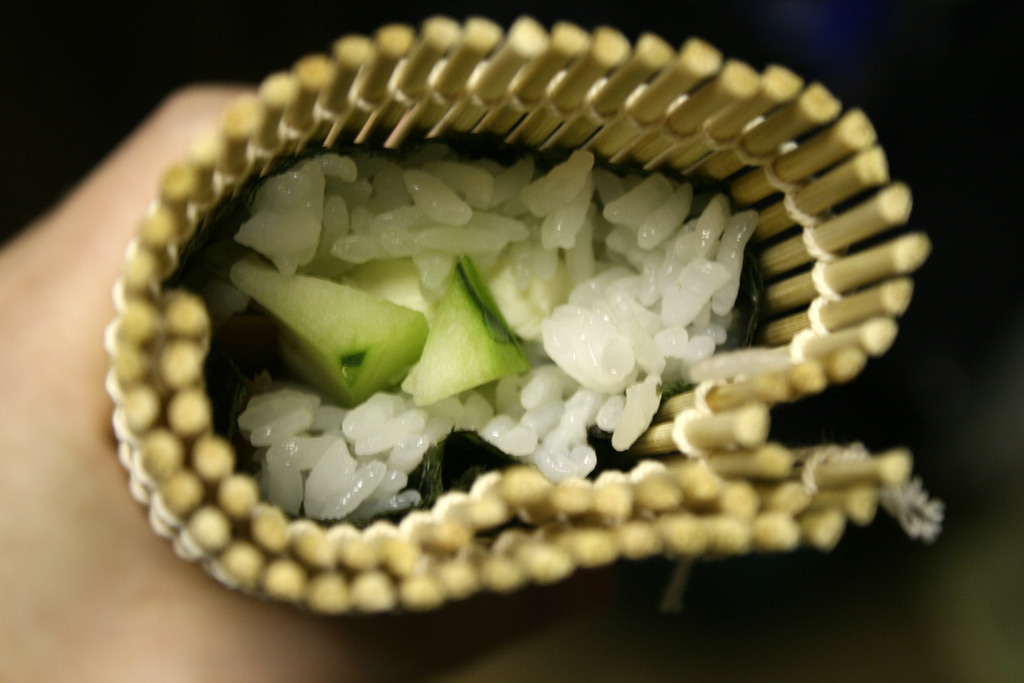
Another type of Japanese kitchenware that relies on the malleable and water-resistant properties of bamboo is the rolling mat (makisu). Usually used for making sushi rolls, it is roughly 25 x 25 cm and made of thin bamboo slats strung together with cotton thread. However, it is not only used for sushi; it can also be used to shape other soft foods or squeeze out water. To this end, makisu mats can be made of bamboo sticks in different thicknesses—although sushi is rolled only using thin mats.
Japanese Grater (Oroshigane)
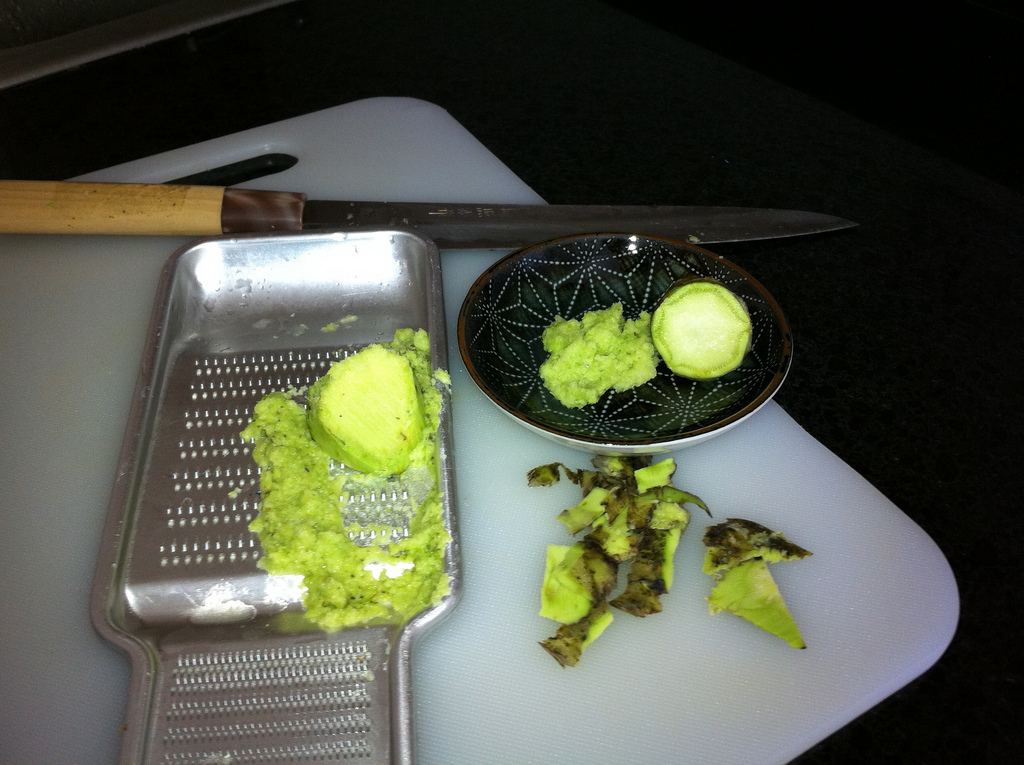
As Japanese kitchen tools go, most graters used in Japan are virtually identical to their Western counterparts. However, several key ingredients such as ginger, wasabi and daikon have a fibrous consistency that everyday Western graters cannot handle. For this reason oroshigane—a Japanese metal grater with very fine, sharp teeth—is far better suited to the task. Traditionally, a shark-skin grater was used for wasabi, although a good quality metal grater without perforations (as preferred by Japanese chefs) is perfect for all of these ingredients.
Bonito Mandolin (Kezuriki)
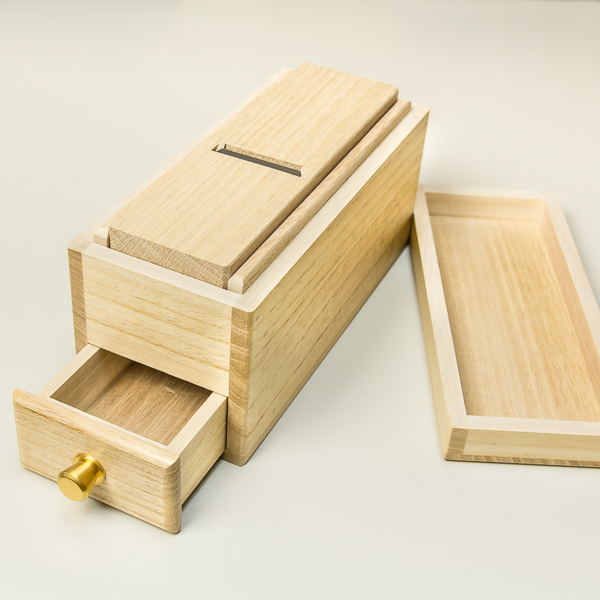
A kezuriki—wooden box with a metal blade for slicing—is a traditional cooking tool used to create one of the staples of Japanese cuisine: bonito flakes. When shaved using this mandoline, the thinly sliced bonito flakes are gathered inside a box. Nowadays bonito flakes are usually bought preshaved, and you may have trouble finding a kezuriki. That said, the mandolin is an equivalent tool that can be used at home for thinly slicing vegetables and garnishes, a small but important part of many Japanese meals.
Authentic Japanese Kitchenware Brings You Closer to the Perfect Cuisine
Even if you have all the Japanese ingredients necessary for the perfect Japanese meal, you still need the proper cooking tools to make it just right. While some equivalent tools may exist where you live, the best and most authentic Japanese kitchenware can only be found in Japan. Search FROM JAPAN for a wide array of Japanese cooking tools*, all delivered straight to your door—so you can begin crafting your favorite Japanese cuisine!
* Due to international shipping restrictions, FROM JAPAN may not be able to ship shipments of knives, scissors, or other shop objects overseas.
